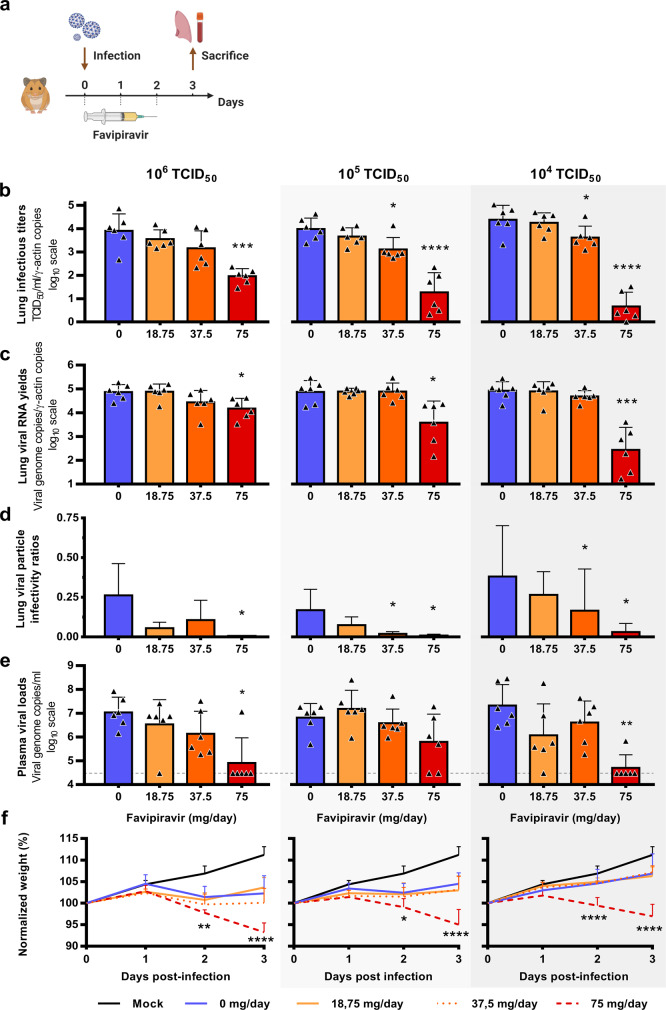Fig. 1. Virological results with preemptive favipiravir therapy.
a Experimental timeline. Groups of 6 hamsters were intranasally infected with 106, 105 or 104 TCID50 of virus. b Viral replication in lung based on infectious titers (measured using a TCID50 assay) expressed in TCID50/copy of ɣ-actine gene (n = 6 animals/group). c Viral replication in lung based on viral RNA yields (measured using an RT-qPCR assay) expressed in viral genome copies/copy of ɣ-actine gene (n = 6 animals/group). d Relative lung viral particle infectivities were calculated as follows: ratio of lung infectious titer over viral RNA yields (n = 6 animals/group). e Plasma viral loads (measured using an RT-qPCR assay) are expressed in viral genome copies/mL of plasma (the dotted line indicates the detection threshold of the assay) (n = 6 animals/group). f Clinical course of the disease (n = 6 animals/group). Normalized weight at day n was calculated as follows: % of initial weight of the animal at day n. Data represent mean ± SD (details in Supplementary Data 2). Two-sided statistical analysis were performed using Shapiro–Wilk normality test, Student t-test, Mann–Whitney test, Welch’s test, and two-way ANOVA with Post-hoc Dunnett’s multiple comparisons test (details in Supplementary Data 3 and 4). ****, ***, ** and * symbols indicate that the average value for the group is significantly lower than that of the untreated group with a p-value < 0.0001, ranging between 0.0001–0.001, 0.001–0.01, and 0.01–0.05, respectively. Source data are provided as a Source data file.

